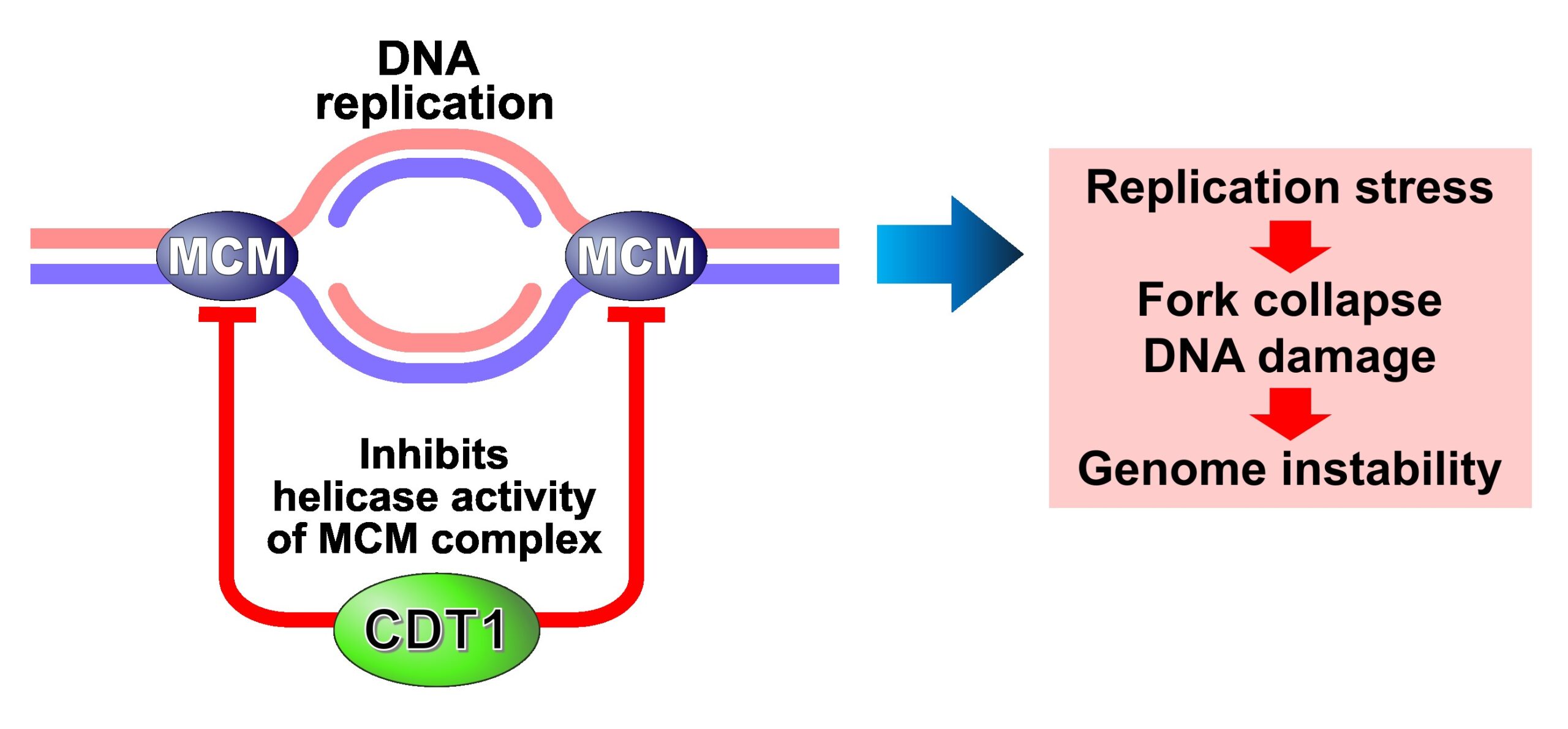May 9, 2022
Acquisition process of pro-arrhythmic substrate responsible for atrial fibrillation
A collaborative study by Prof. Akira Takahara and Prof. Hikaru Tanaka of the Faculty of Pharmaceutical Sciences, Toho University, in a joint research project with TOA EIYO Ltd, clarified the acquisition process of the pro-arrhythmic substrate that causes atrial fibrillation in a rat model of arteriovenous fistula, which allows for the chronic application of a volume overload to the atrium. The results of this research were featured as an article in the journal Biological and Pharmaceutical Bulletin, which was published on May 1, 2022.

right: First Author Ms. Megumi Aimoto
- Hemodynamic loading to the atria is thought to be associated with the development and persistence of atrial fibrillation; however, the details of the process leading to its development have not been fully elucidated.
- In this study, researchers applied a chronic volume overload technique via abdominal aorto-venocaval shunt (AVS) surgery to study atrial fibrillation and investigated the relationship between changes in atrial anatomical, molecular biological and electrophysiological properties and the persistence of atrial fibrillation.
- The experimental results showed that atrial remodeling, which occurs between weeks 8 and 12 of chronic volume loading, plays an important role in the generation of the proarrhythmic substrate and that electrophysiological changes in the atria occur after structural changes have occurred.
- These findings provide important insights into the process of pro- arrhythmic substrate accumulation mediated by chronic volume loading.
Summary
Atrial fibrillation is the most common sustained supraventricular arrhythmia and its risk factors include hypertension, valvar disease, and heart failure. Hemodynamic overload of the heart due to these cardiac diseases is thought to cause structural and electrophysiological changes in the atria (atrial remodeling), leading to the onset and persistence of atrial fibrillation. However, the details of the process that leads to the development of atrial fibrillation have not been fully elucidated. In this study, the authors found that structural changes in the atria are clearly visible from week 8 of chronic volume overload; however, a 12-week volume overload period is required before atrial fibrillation becomes persistent. Furthermore, it was found that from week 8 to 12 of chronic volume overload the direction of ion channel gene expression regulation is reversed and that dynamic electrophysiological changes occur. These findings indicate that atrial structural changes induced by chronic volume overload are preceded by electrophysiological changes and that atrial remodeling, centered on electrophysiological changes occurring between weeks 8 and 12, is important for establishment of the pro-arrhythmic substrate responsible for atrial fibrillation.
Atrial fibrillation is the most common sustained supraventricular arrhythmia and its risk factors include hypertension, valvar disease, and heart failure. Hemodynamic overload of the heart due to these cardiac diseases is thought to cause structural and electrophysiological changes in the atria (atrial remodeling), leading to the onset and persistence of atrial fibrillation. However, the details of the process that leads to the development of atrial fibrillation have not been fully elucidated. In this study, the authors found that structural changes in the atria are clearly visible from week 8 of chronic volume overload; however, a 12-week volume overload period is required before atrial fibrillation becomes persistent. Furthermore, it was found that from week 8 to 12 of chronic volume overload the direction of ion channel gene expression regulation is reversed and that dynamic electrophysiological changes occur. These findings indicate that atrial structural changes induced by chronic volume overload are preceded by electrophysiological changes and that atrial remodeling, centered on electrophysiological changes occurring between weeks 8 and 12, is important for establishment of the pro-arrhythmic substrate responsible for atrial fibrillation.

Figure 1. A Schematic Summary of This Study
Journal
Biological and Pharmaceutical Bulletin: 2022;45(5):635-642, May 1, 2022 issue
Title
Chronic volume overload caused by abdominal aorto-venocaval shunt provides arrhythmogenic substrates in the rat atrium
Authors
Megumi Aimoto, Keita Yagi, Aya Ezawa, Yayoi Tsuneoka, Kohei Kumada, Takeshi Hasegawa, Tetsuo Kuze, Toshiki Chiba, Yoshinobu Nagasawa, Hikaru Tanaka, Akira Takahara*
DOI No.
10.1248/bpb.b22-00031
Biological and Pharmaceutical Bulletin: 2022;45(5):635-642, May 1, 2022 issue
Title
Chronic volume overload caused by abdominal aorto-venocaval shunt provides arrhythmogenic substrates in the rat atrium
Authors
Megumi Aimoto, Keita Yagi, Aya Ezawa, Yayoi Tsuneoka, Kohei Kumada, Takeshi Hasegawa, Tetsuo Kuze, Toshiki Chiba, Yoshinobu Nagasawa, Hikaru Tanaka, Akira Takahara*
DOI No.
10.1248/bpb.b22-00031
READ MORE RESEARCH NEWS - Pharmaceutical Sciences
ACADEMICS
Undergraduate Programs
– Medicine
– Pharmaceutical Sciences
– Science
– Nursing
– Health Science
Graduate Programs
–Medicine
–Pharmaceutical Sciences
–Science
–Nursing
Undergraduate Programs
– Medicine
– Pharmaceutical Sciences
– Science
– Nursing
– Health Science
Graduate Programs
–Medicine
–Pharmaceutical Sciences
–Science
–Nursing
RESEARCH
– News
– Guidelines & Policies
– Support Offices
– Facilities
– Security Export Control
Non-Degree Programs
– Clinical Elective Program
– International Physician Observership Program


.jpg)
